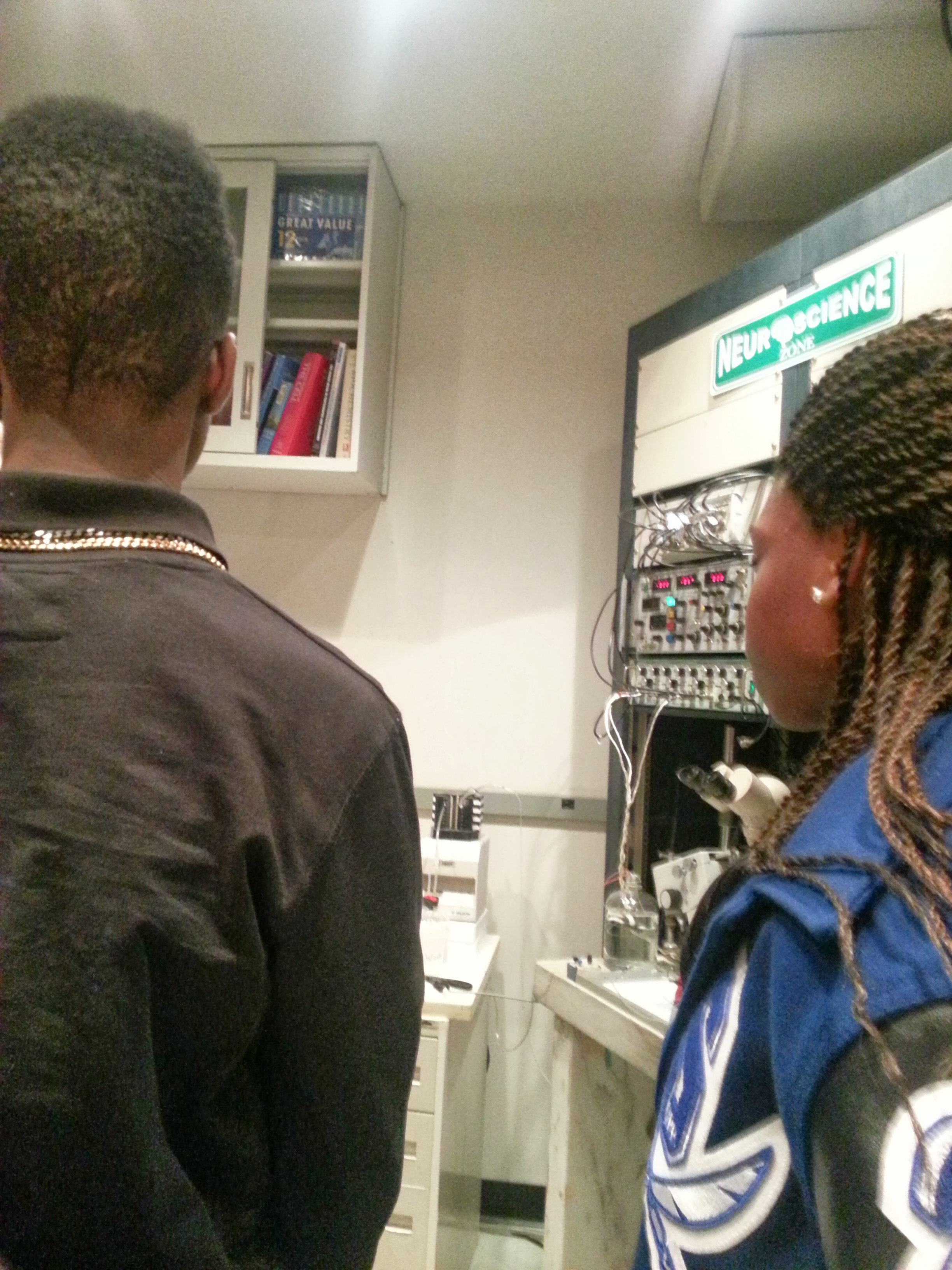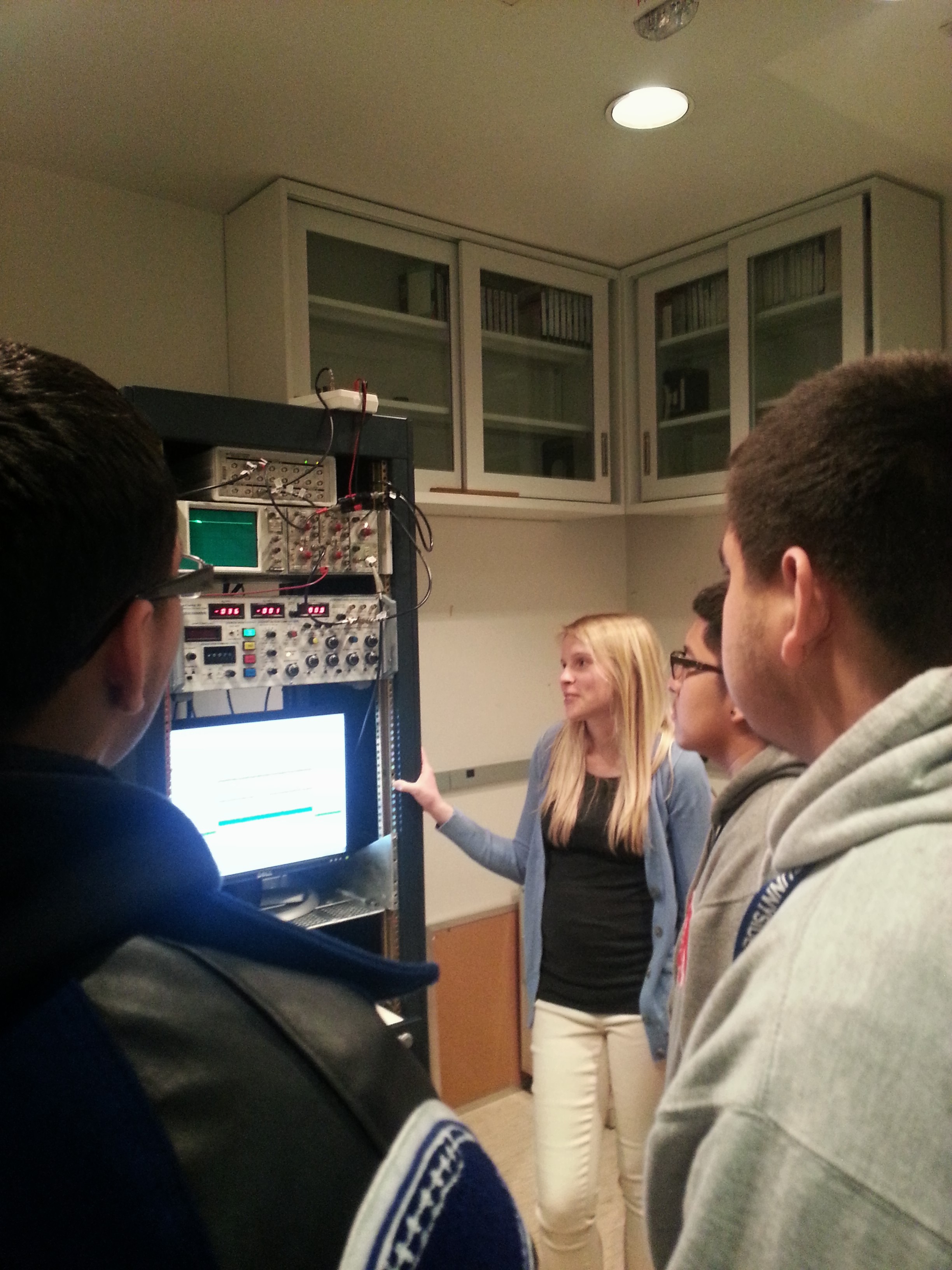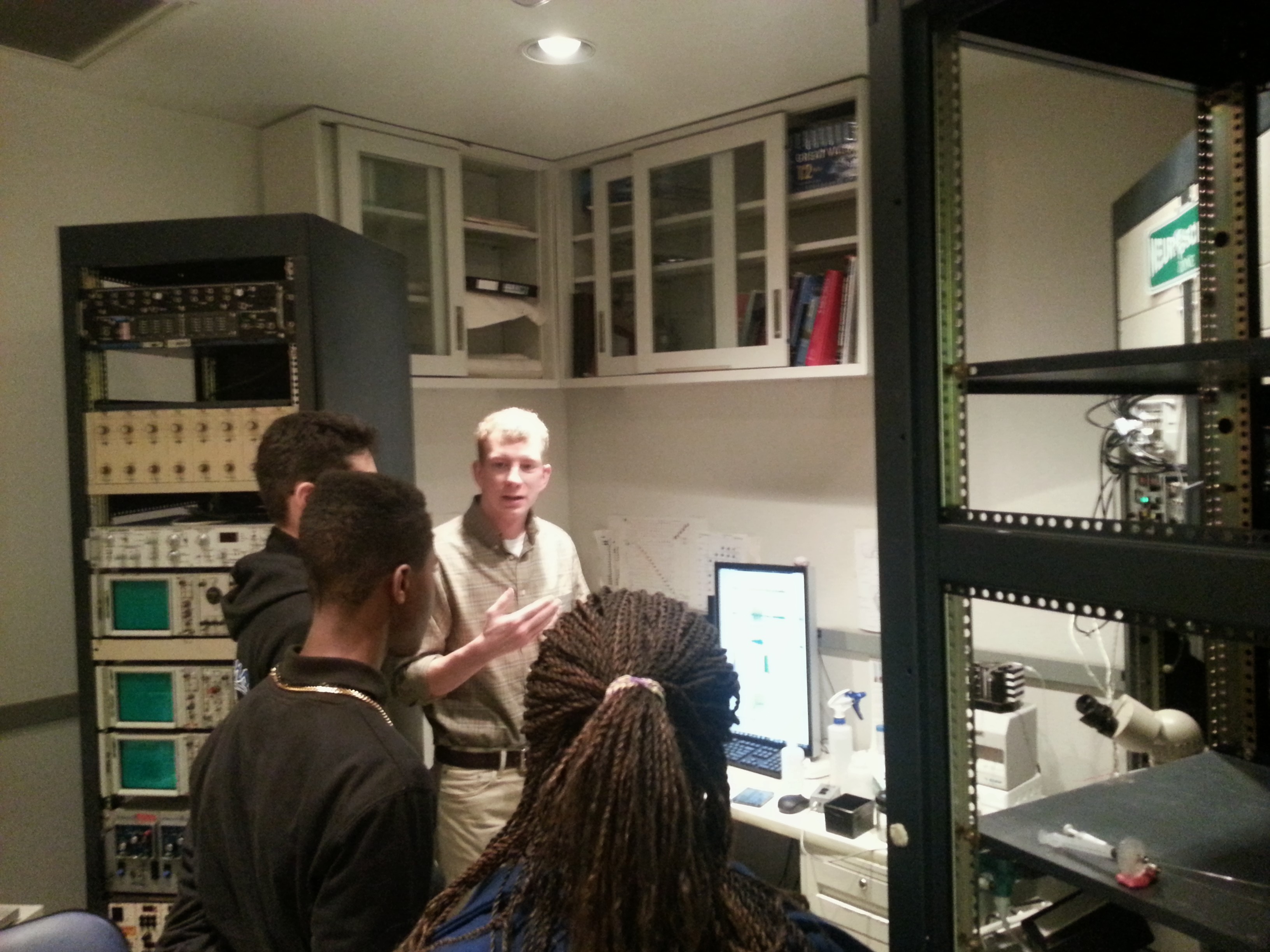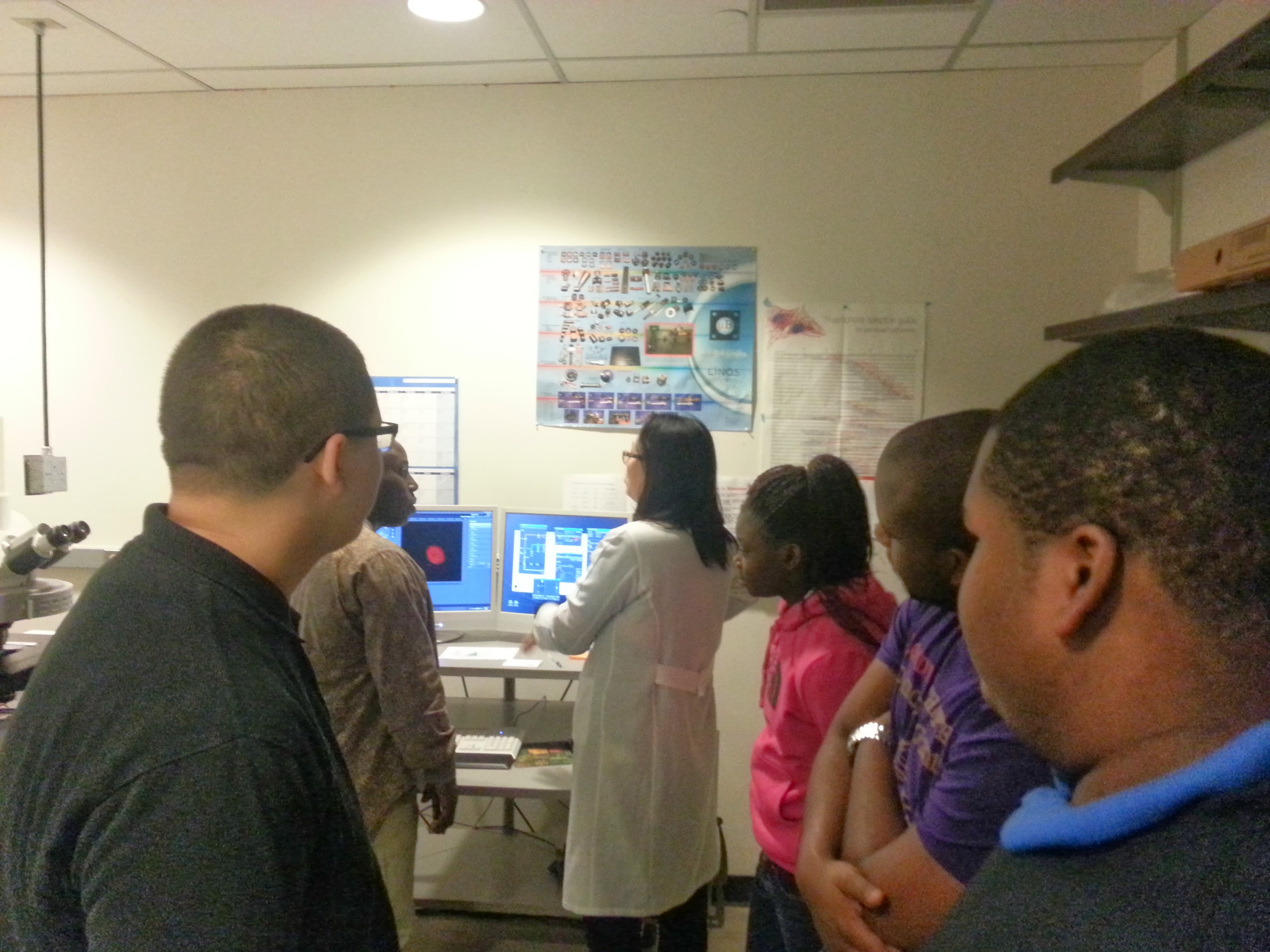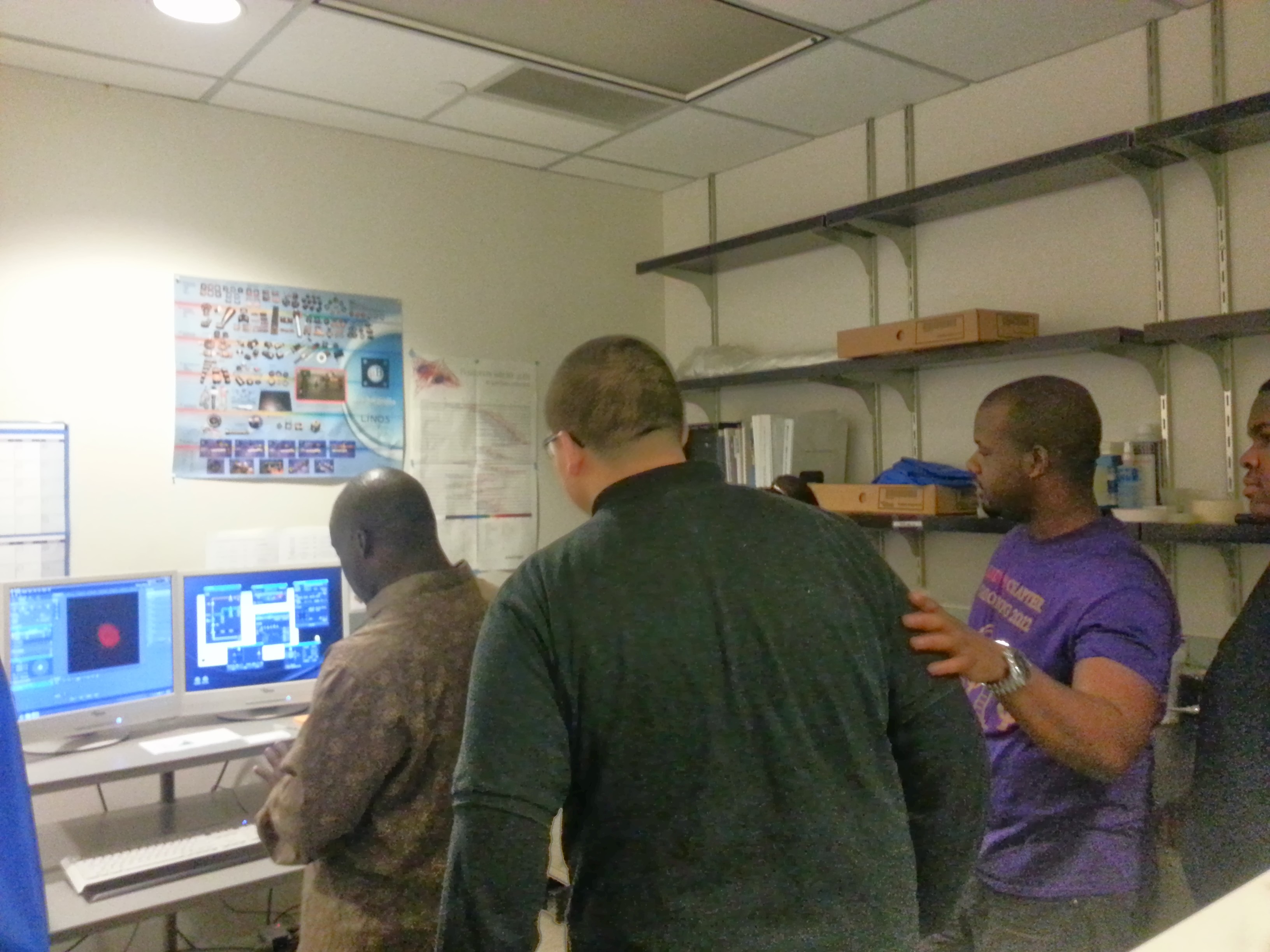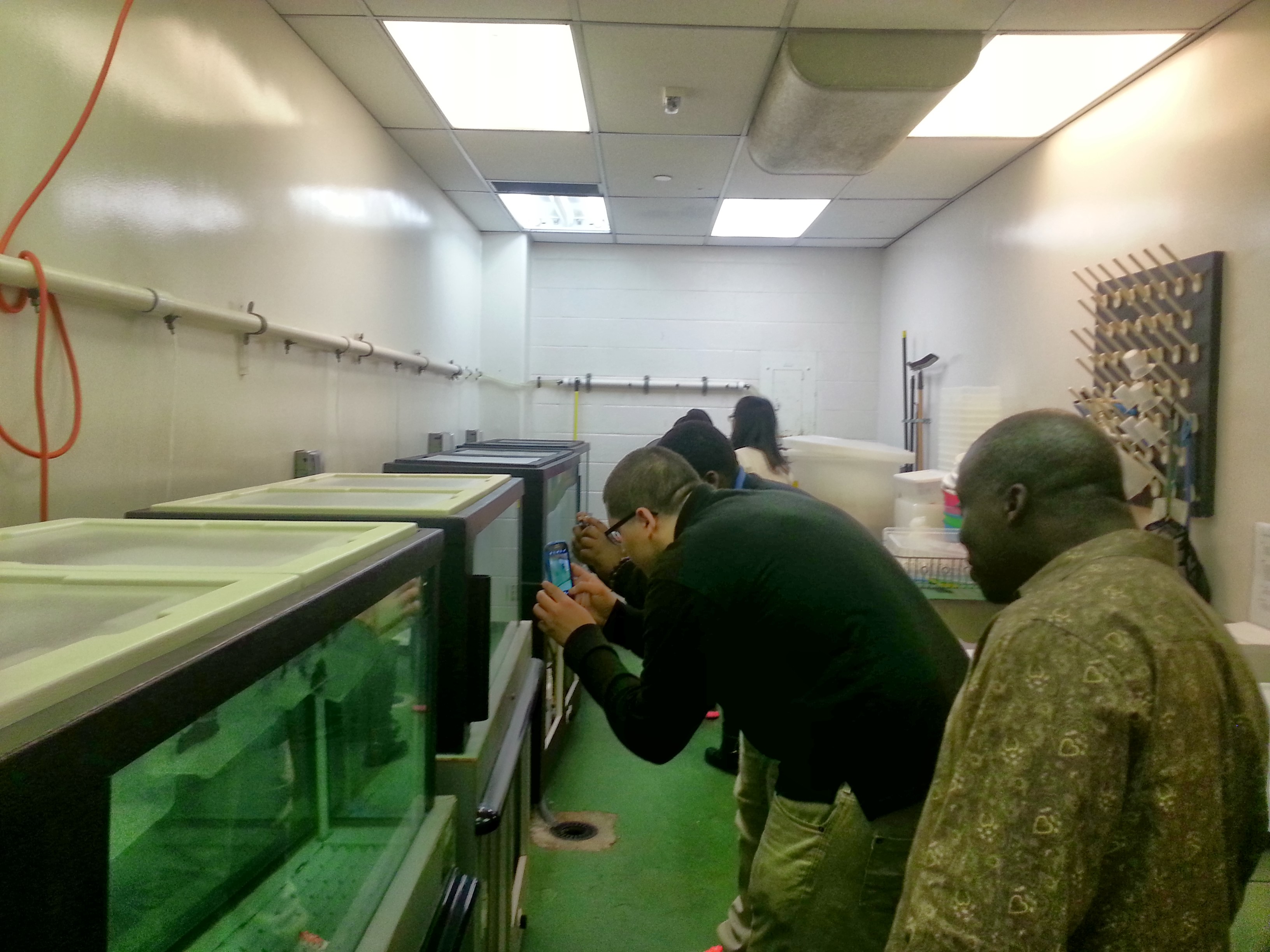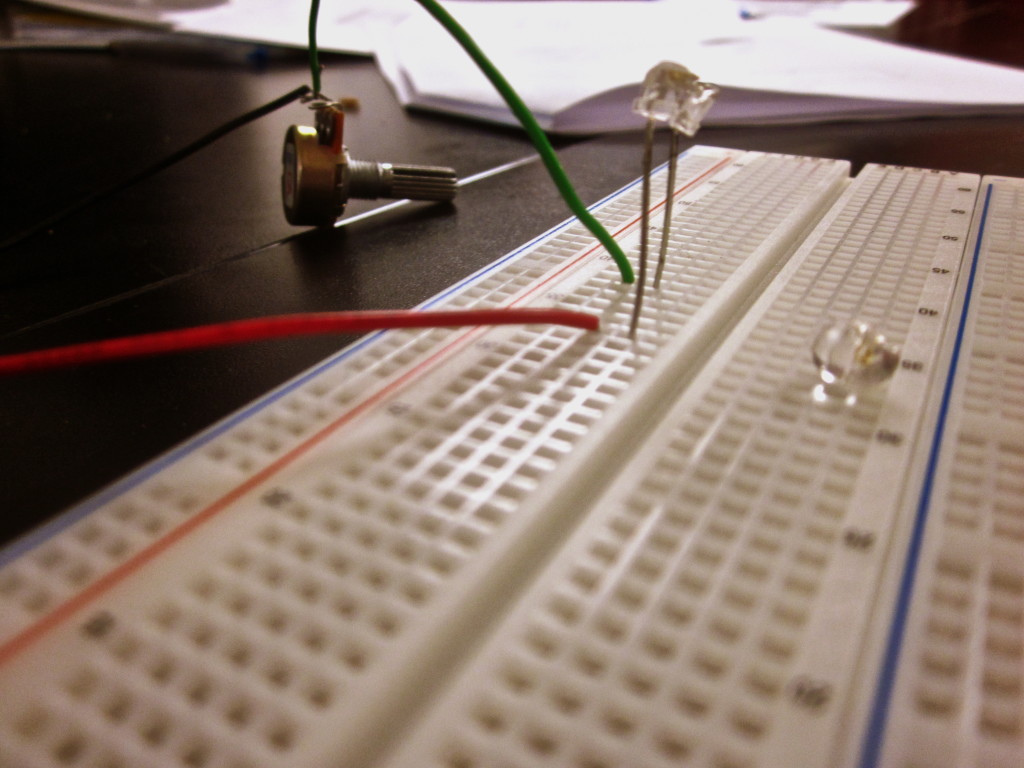In Houston I was head mentor of the BrainSTEM program. I miss it dearly.
The BrainSTEM program provides a framework for cultivating mentoring relationships between high school apprentices and undergraduate and graduate students as they work together through an introductory computational neuroscience curriculum. After developing a foundation in mathematics and electrophysiology, the high schoolers build circuits to model neural components under the guidance of Dr. Steven Cox and mentors from Rice University, The University of Texas Health Science Center, and Baylor College of Medicine. My video above introduces the Fall 2012 – Spring 2013 BrainSTEM initiative as a partnership with Worthing High School in Sunnyside, Houston. Worthing students met weekly with their mentors at Rice University over the course of the year. We are currently working with KIPP Sunnyside. Mentors travel to KIPP on a weekly basis to work with students.
Mentors in video: Jon Flynn (UT Houston), Meagan Whaley (Rice), Cihan Kadipasaoglu (UT Houston), and myself.
BrainSTEM has existed in various forms for over a decade, with generous funding from Terrence and Terry Gee and the National Science Foundation.
Check out Dr. Cox’s website for our program at http://www.caam.rice.edu/~cox/wrap/.
See our program featured in an article from RUSMP (Rice University School Mathematics Project).
BrainSTEM at KIPP 2014 – 2015
Thursday, September 4th: KIPP open house and BrainSTEM introduction for students and parents.
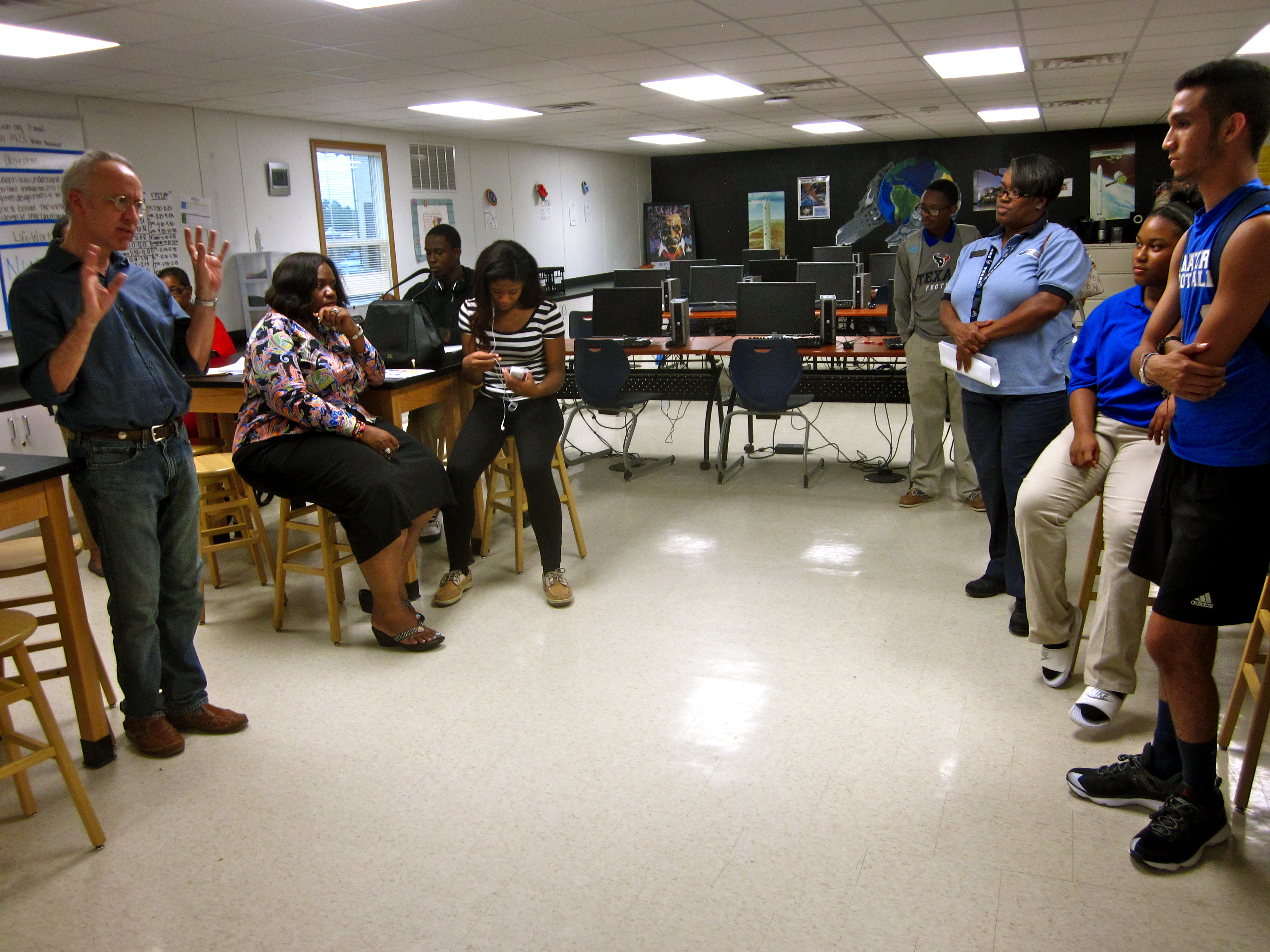
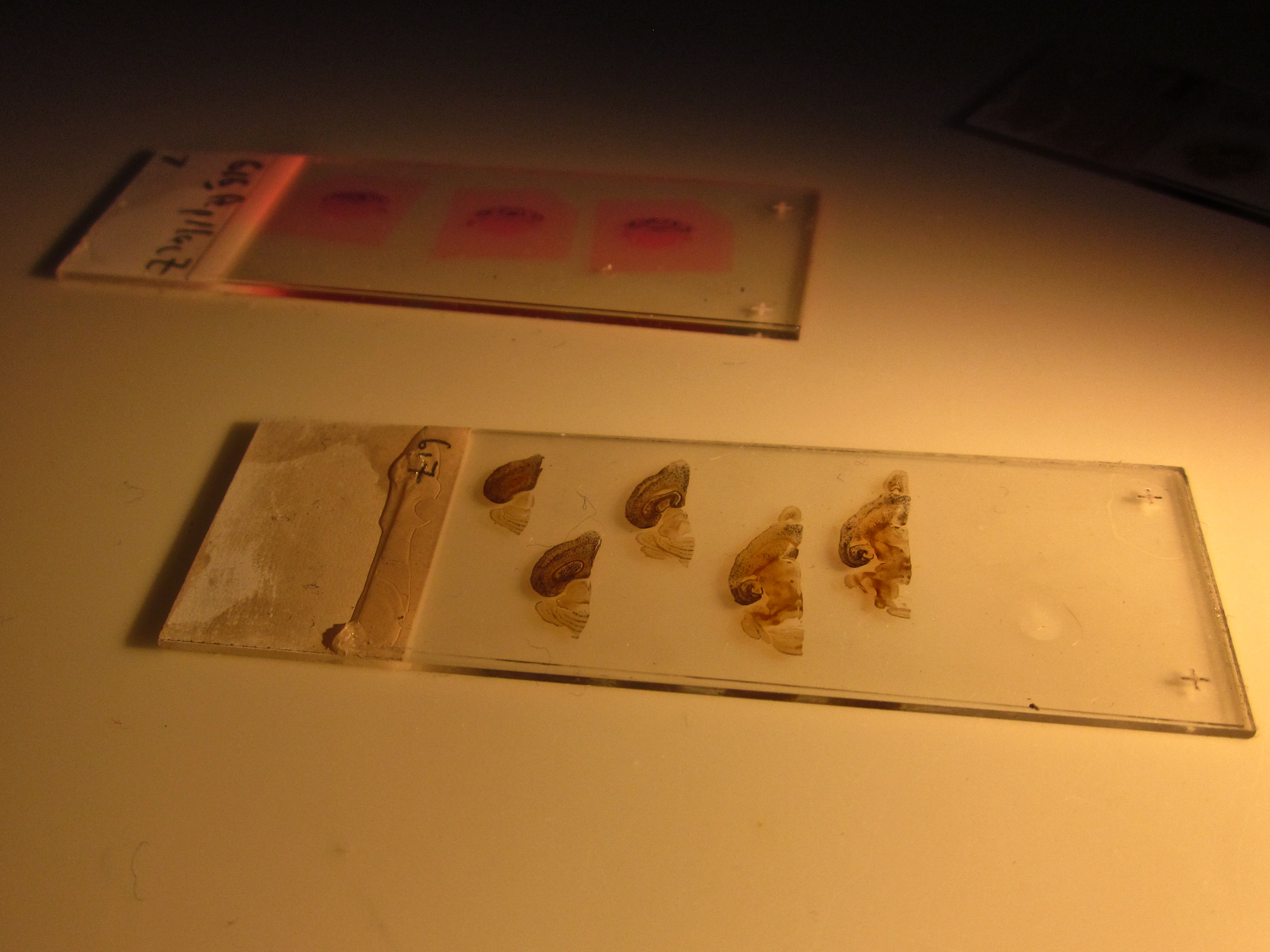
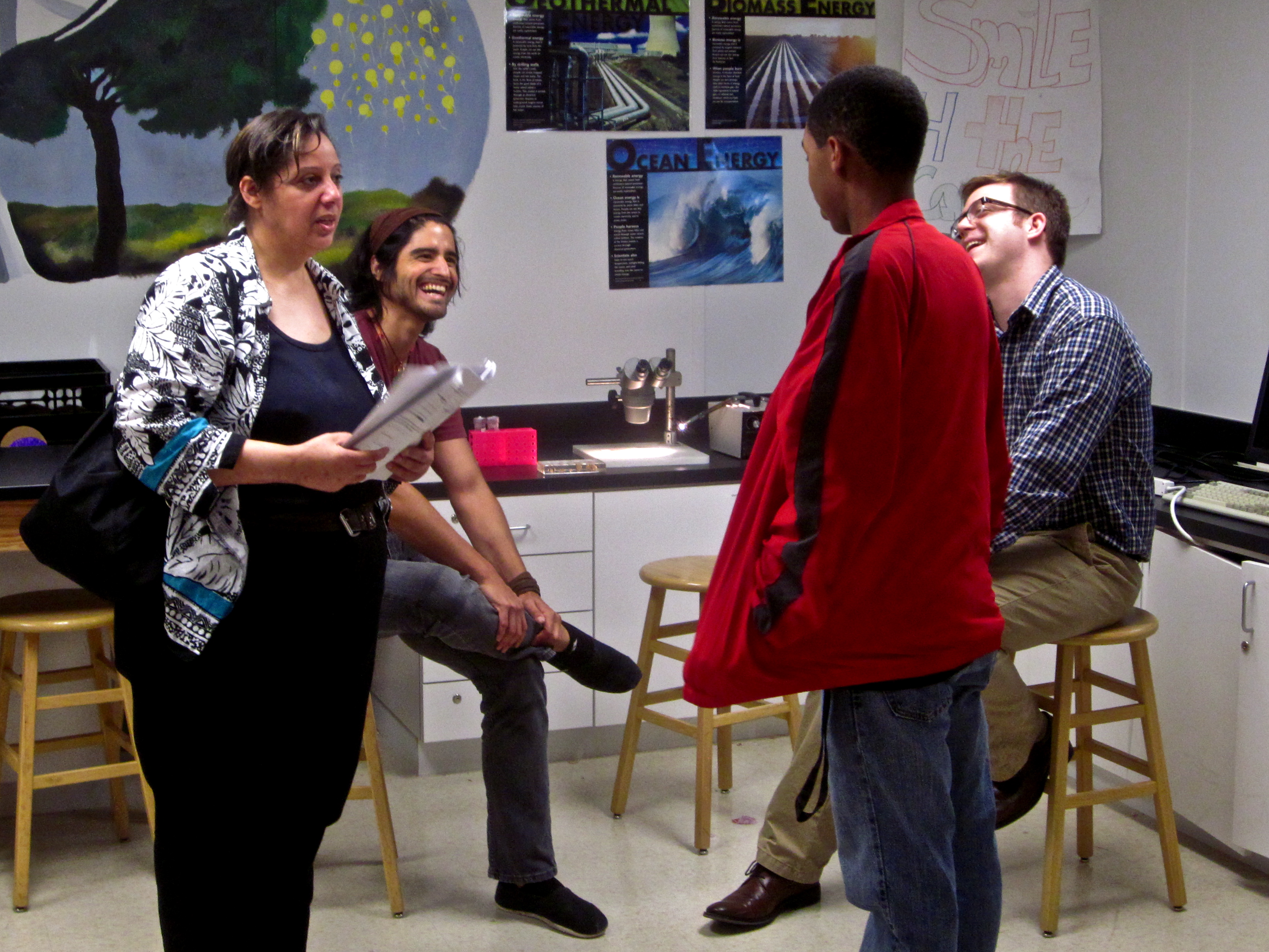

Wednesday September 10, 2014
Introduction to bioelectricity and ionic concentration gradients. Find Chapter One as distributed in class, here.
Spiker box demo from Backyard Brains: students are able to hear the firing of neurons in a cockroach leg, removed from an unlucky (anesthetized) victim shortly beforehand. Listen to the spikes as the leg is tickled.
Wednesday September 17, 2014
Physiology of the Action Potential: find Chapter Two as distributed in class, here.
Students participated in a simulation of the movement of ions through channels in a neuron’s cell membrane:

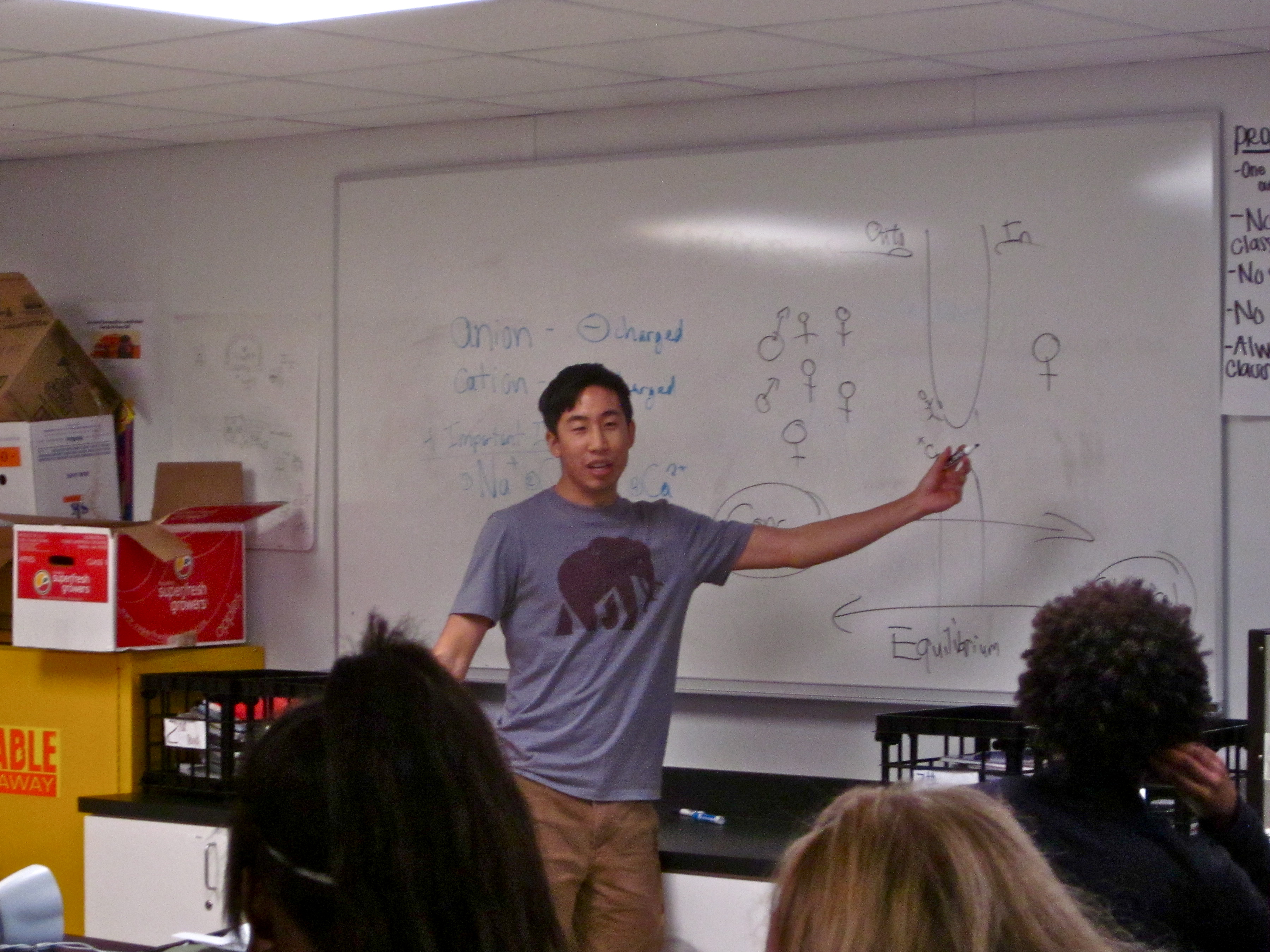
Wednesday September 24, 2014
Students begin to explore concepts in hardware: in groups, mentors introduced circuit components and basic circuit mathematics before each group successfully built an LED circuit.
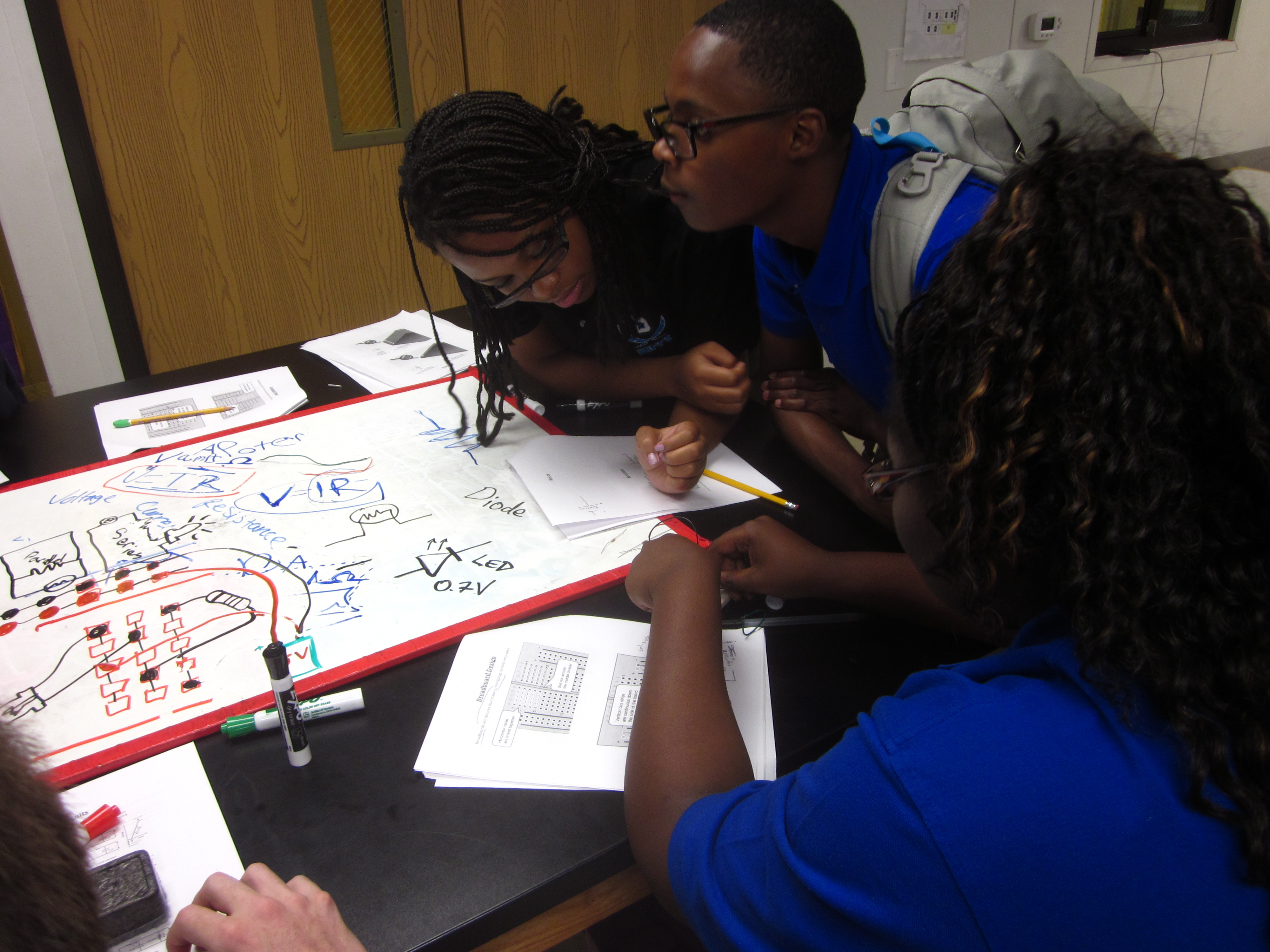


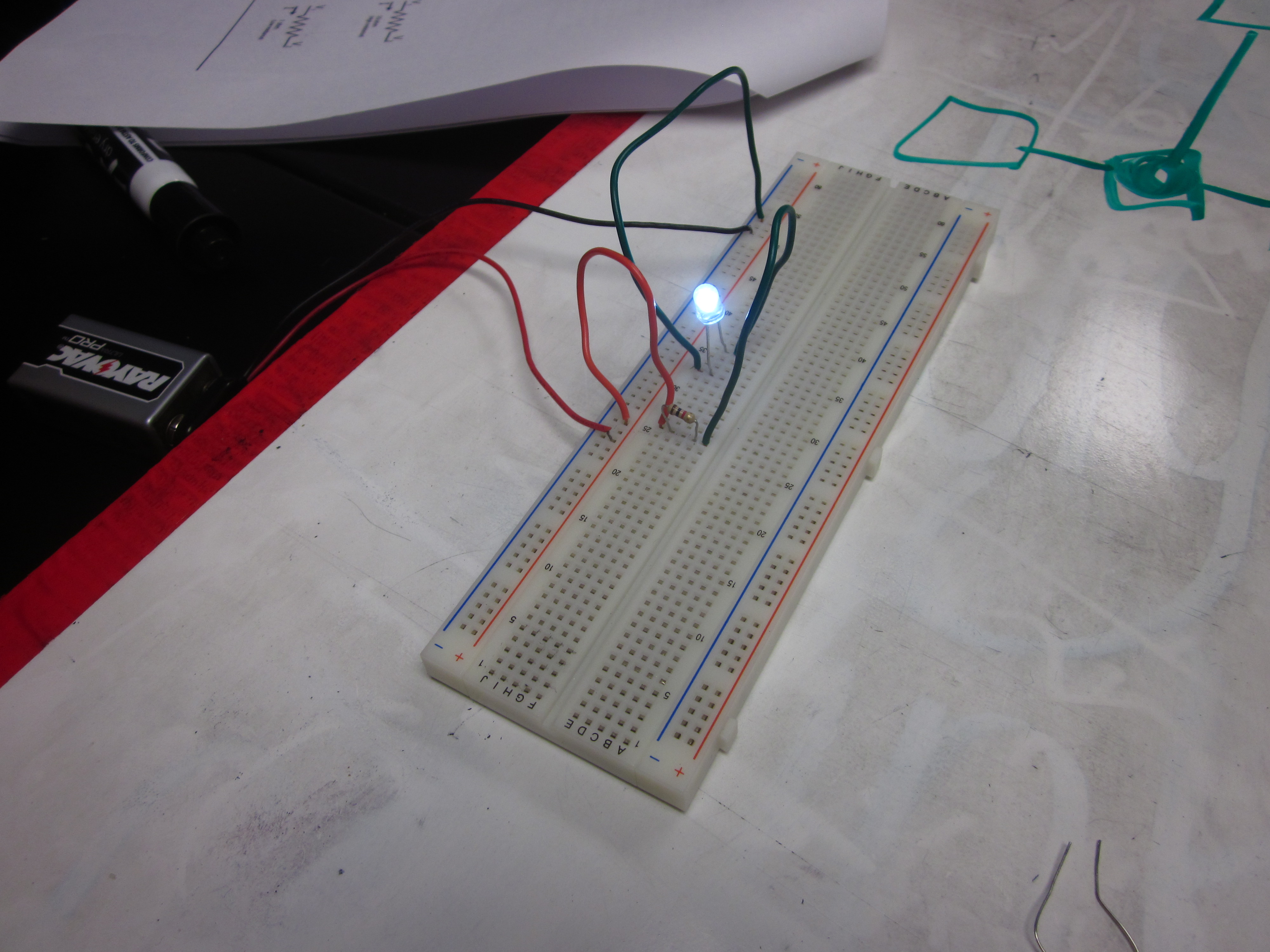
Experimentation with variable resistors & the first explosion of the year: one group increased the current through their LED so much that it “blew up”! The “pop” could be heard throughout the room!
Wednesday October 1, 2014
We began a basic mathematical model of the passive neuron, combining concepts from biology and electricity as covered over the past four weeks. This material is covered in the beginning of Chapter 3.
Wednesday October 8, 2014
Students continued work on Chapter 3. We derived a model for the cell as an RC circuit, and discussed how slope can be employed to calculate derivatives for use in handling capacitance. (C = q/V –> I(t) = C dV(t)/dt)
Wednesday October 15, 2014
Continued discussion of the passive neuron model. Candrea shares her appreciation of BrainSTEM!
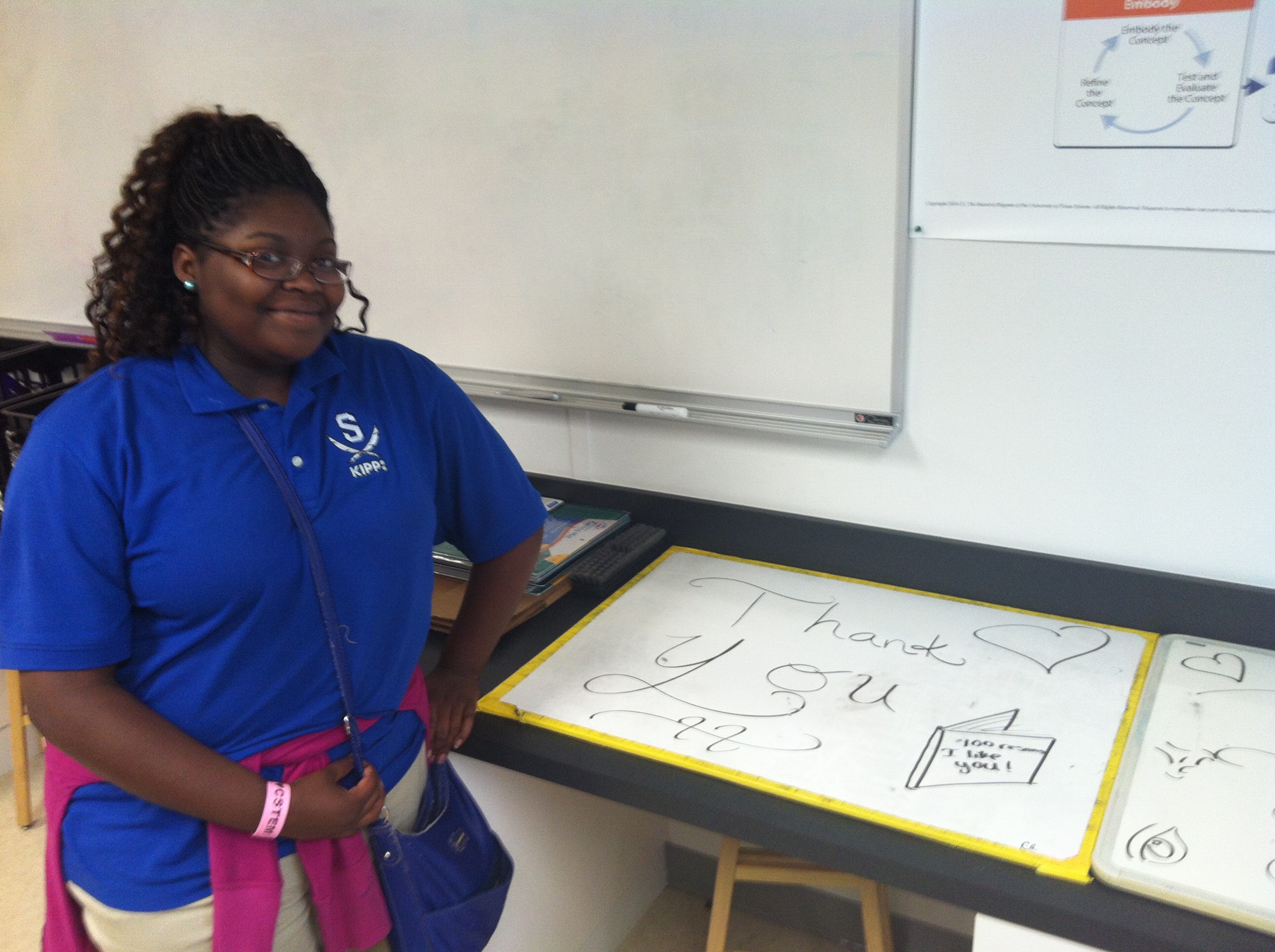
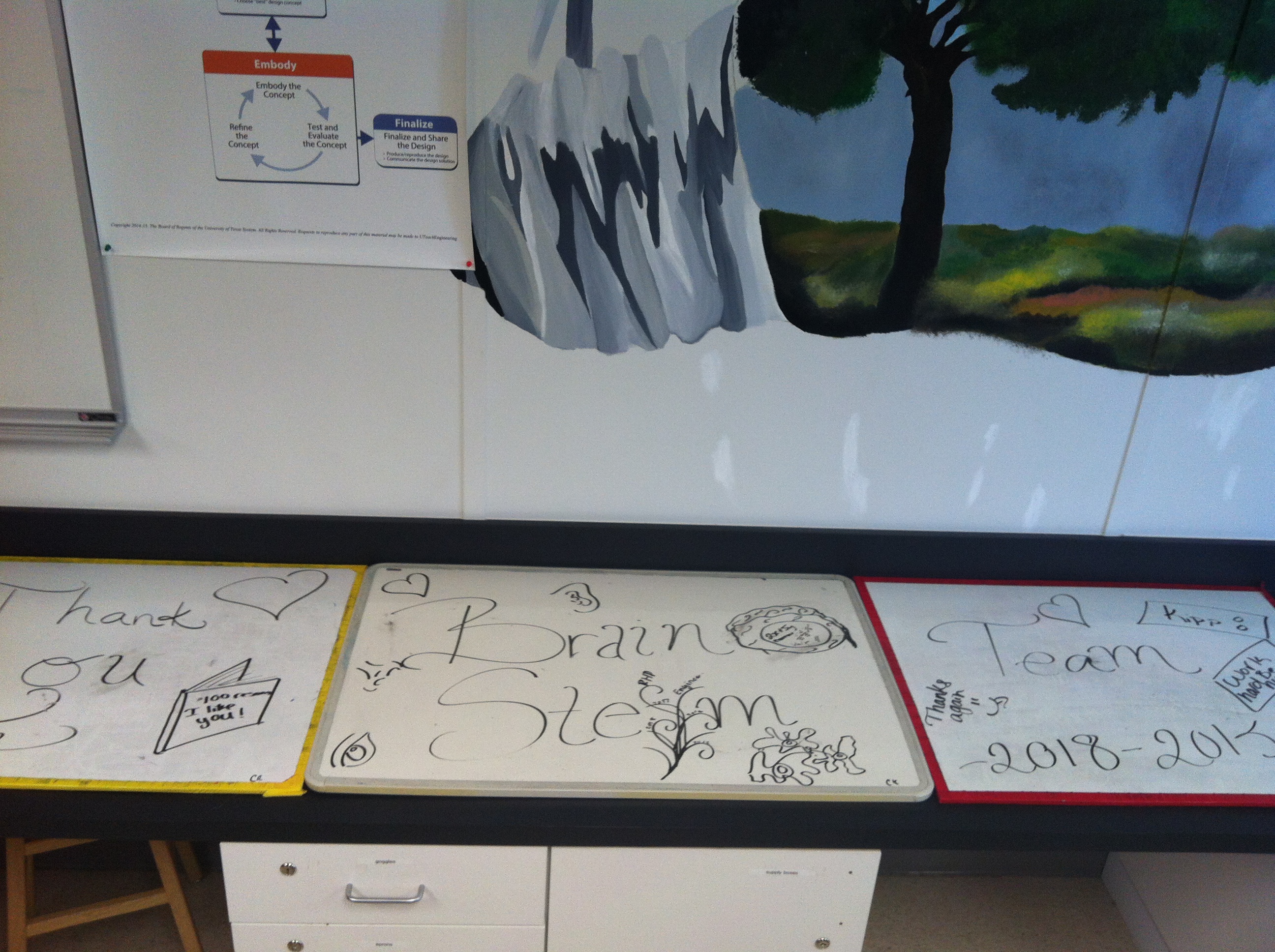
Wednesday October 22, 2014
Introduction to programming. Students direct mentor Jon Flynn in an example of algorithmic thinking (step-wise construction of a peanut butter and jelly sandwich) before breaking into small groups to write skeleton code by hand.
Wednesday October 29, 2014
Students worked in small groups to write code in MATLAB (octave) on the computer for the first time. For loops, while loops, if statements, and boolean operations were covered.
Wednesday November 5, 2014
Mentor Alec Marin gave a presentation on EKGs and bioelectricity in other parts of the body. Sarah demonstrated the EMG spikerbox from backyard brains and allowed students to listen to muscle activity as she flexed her bicep. Students then worked in small groups to analyze spike-counting code applicable to a variety of signals.
Wednesday November 12, 2014
Students wrote code to simulate Ohm’s law and find current for varying resistance values. Vectors were introduced as a means to store data accumulated over time.
Wednesday November 19, 2014
Application of programming skills to a neural model. Students simulated experimenting on a neuron by changing the extracellular potassium concentration and seeing how that affected the membrane potential and excitability. The students tested different concentrations and analyzed the output data.
Aside: Mentors Jon Flynn & Sarah Schwettmann go to the Society for Neuroscience Meeting in Washington, D.C., and demonstrate the Backyard Brains Human-Human Interface!
BrainSTEM Spring 2014: KIPP Sunnyside
This spring we are working with students from KIPP Sunnyside on Friday afternoons from 2:30 – 4:30 in DUNC 113. Materials and resources from our classes can be found here.
Introduction to bioelectricity (Week 1)
Review slides and Physiology of the Action Potential (Week 2)
Modeling the Passive Neuron (Weeks 3 +)
Intro to MATLAB/Octave: Example problem
BrainSTEM visits the Byrne Lab at UT Health Houston
